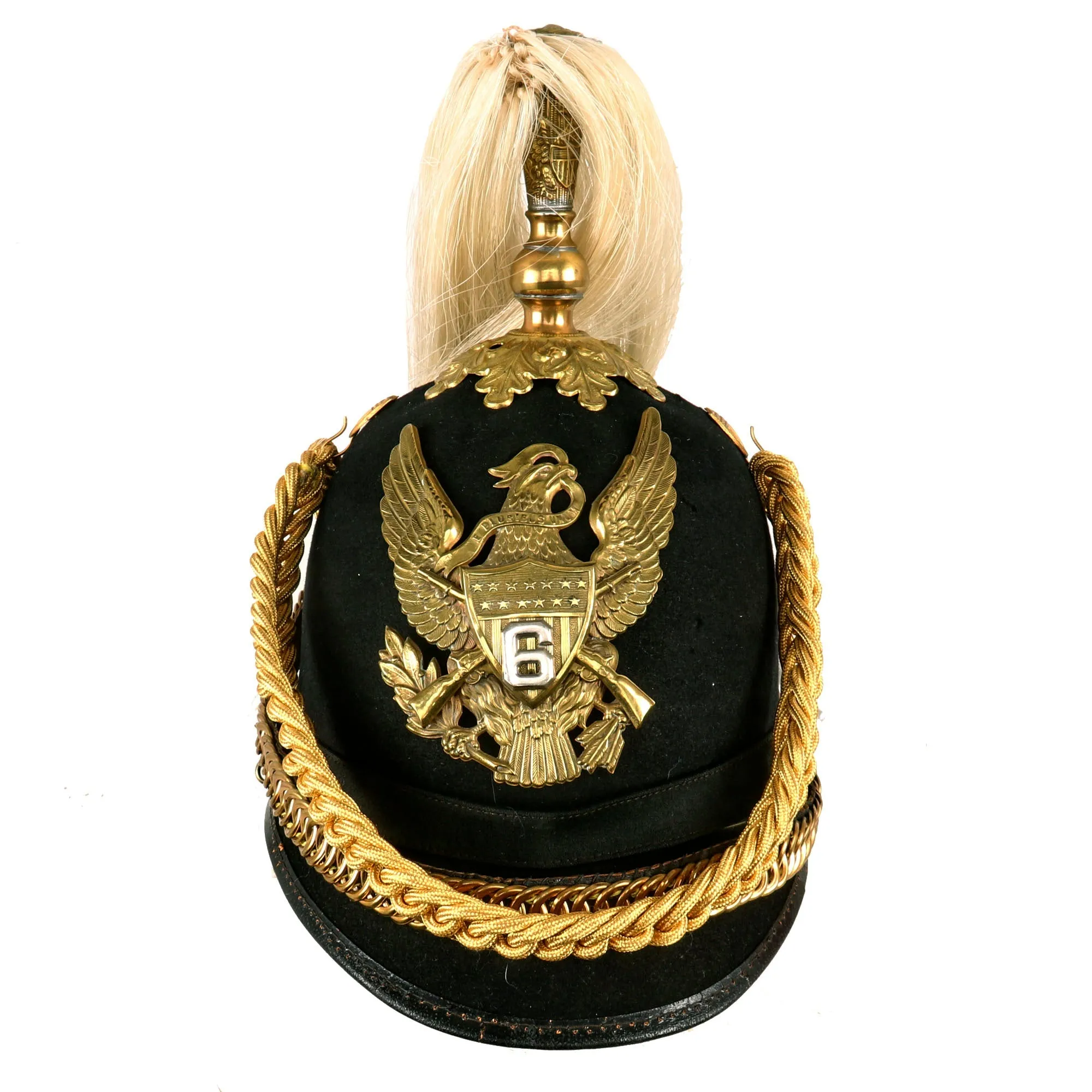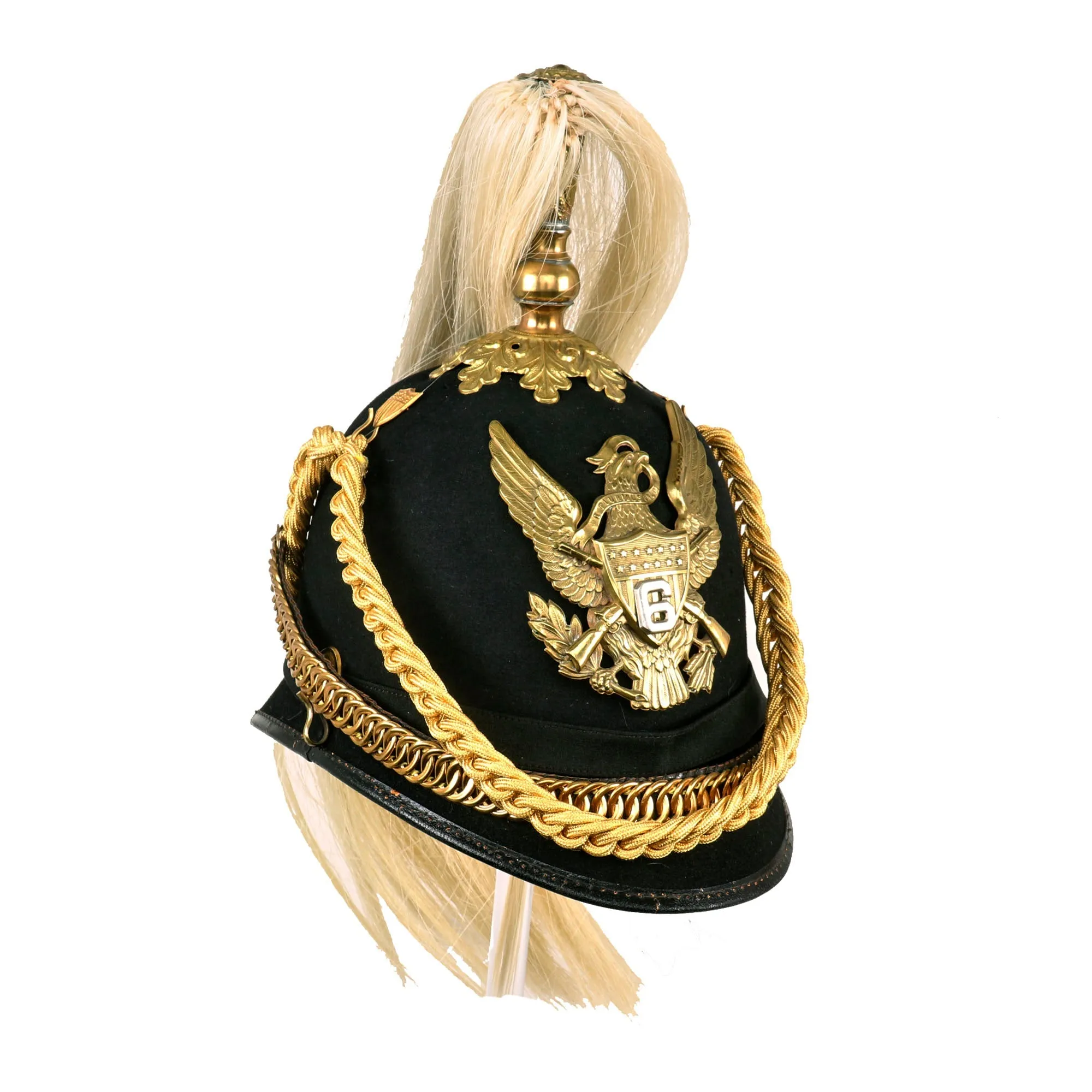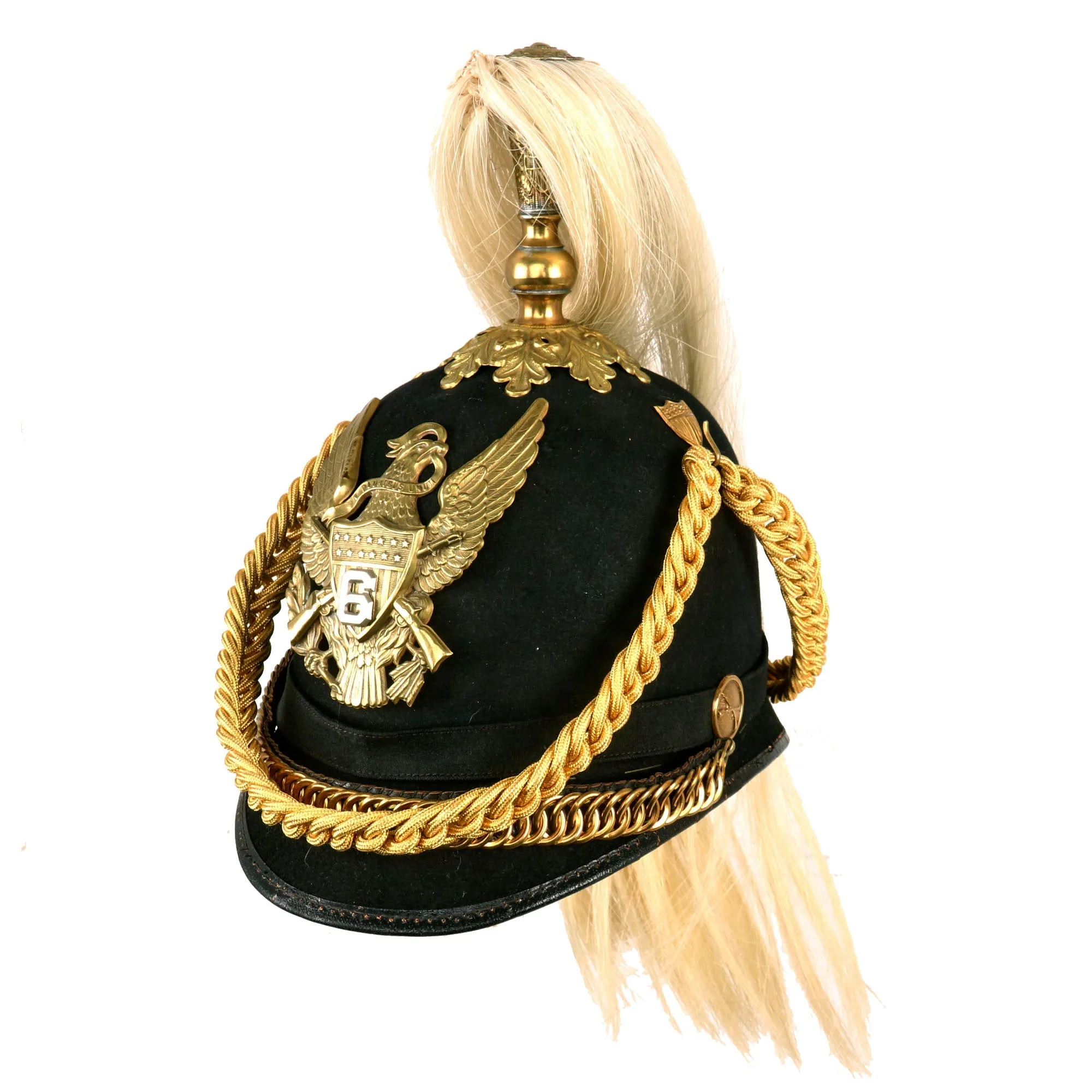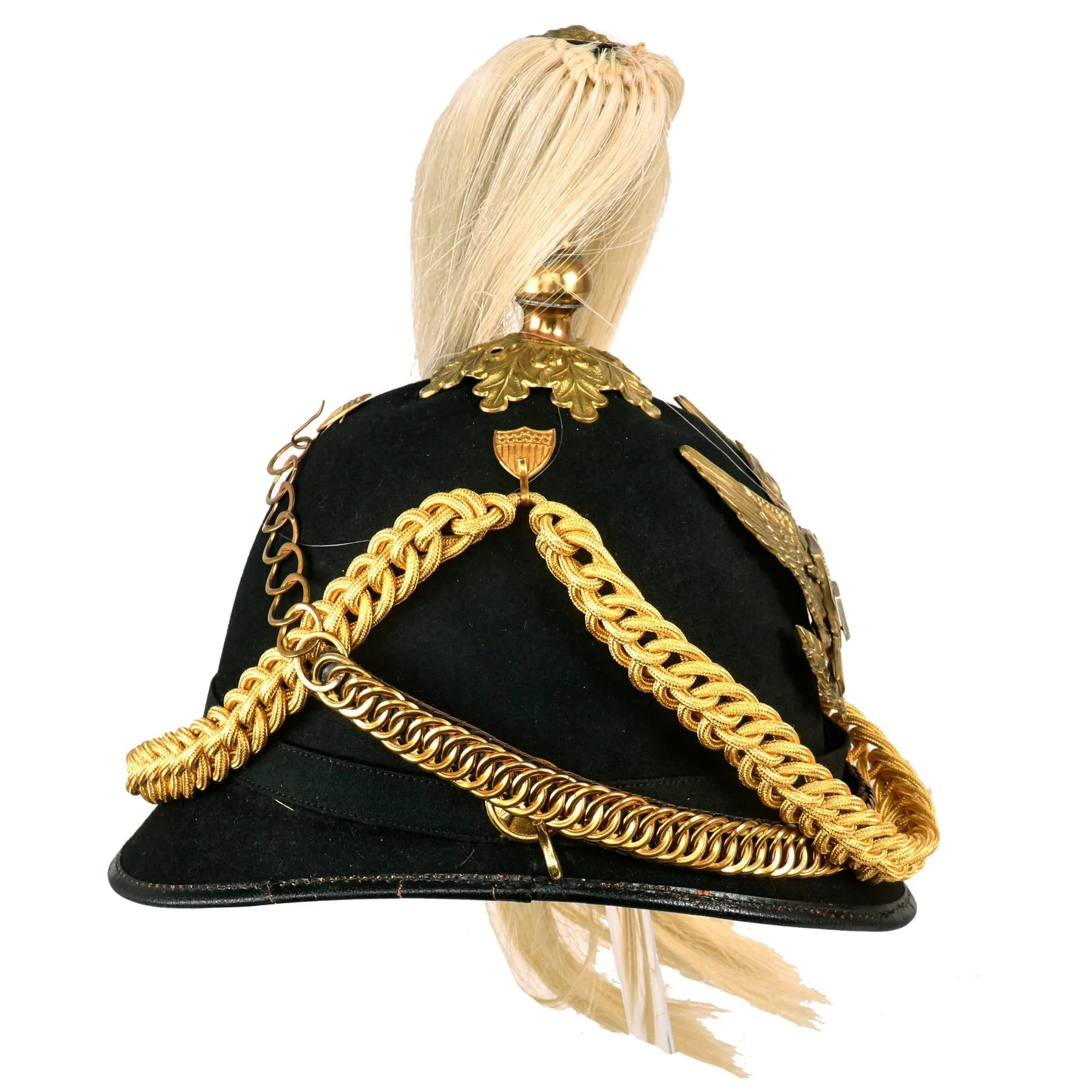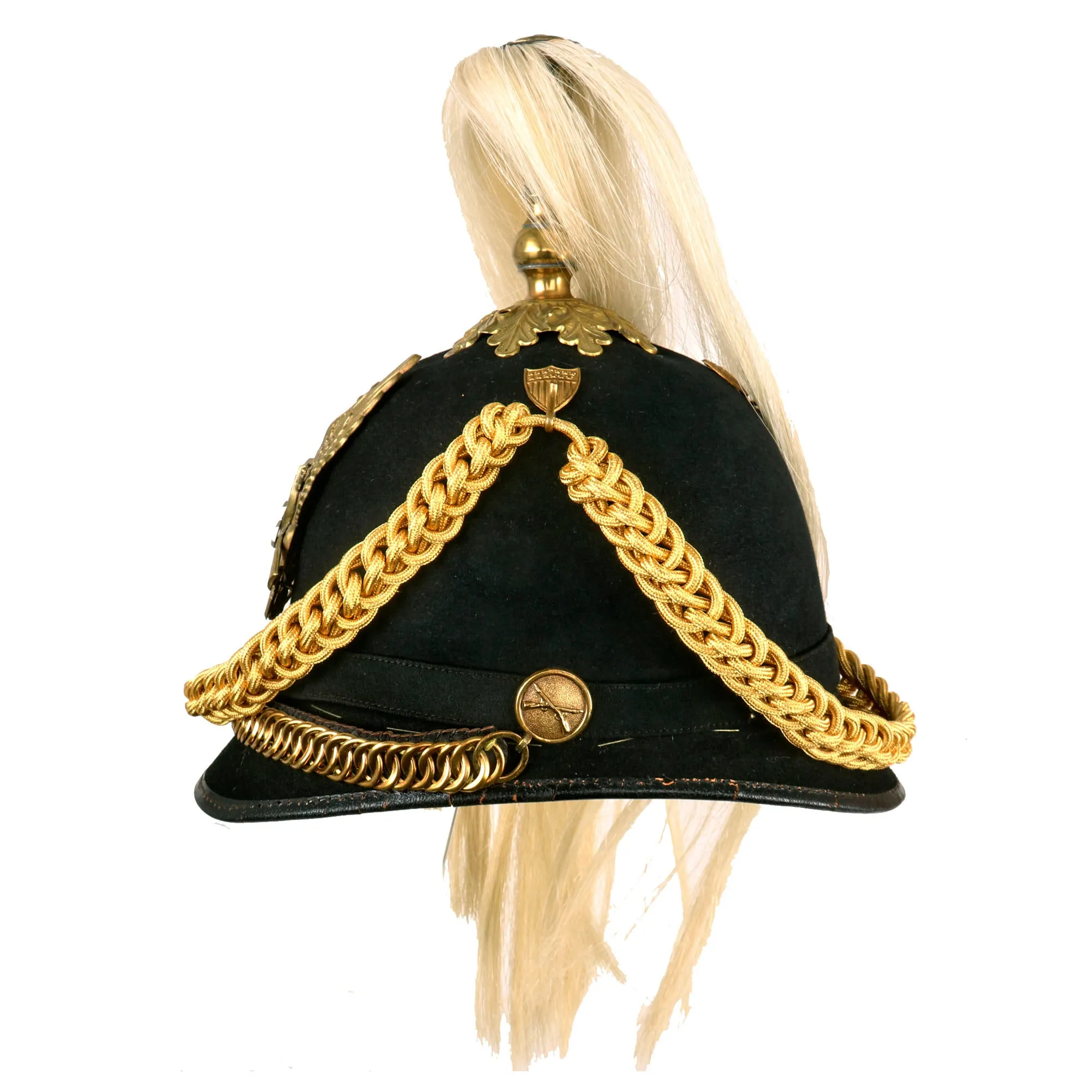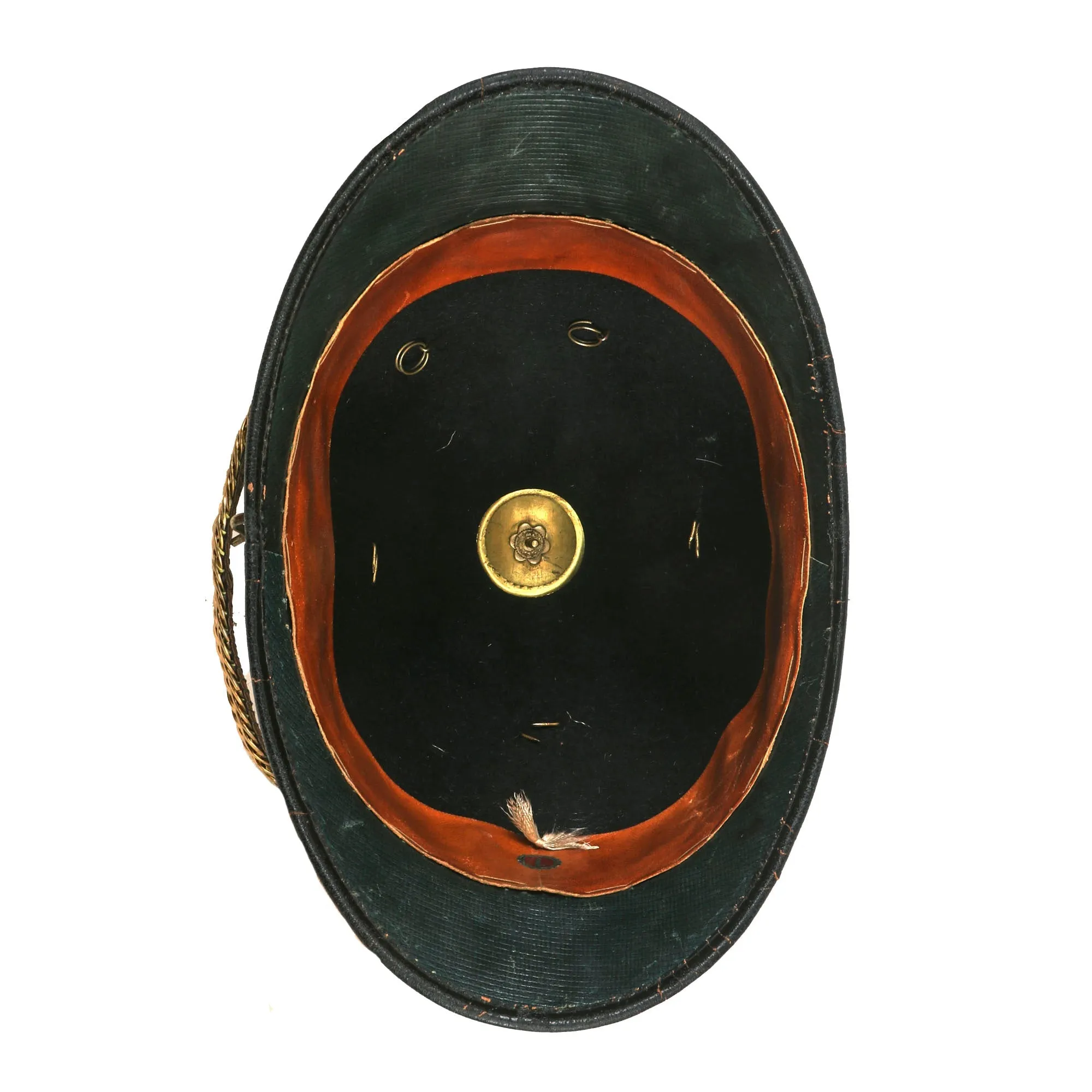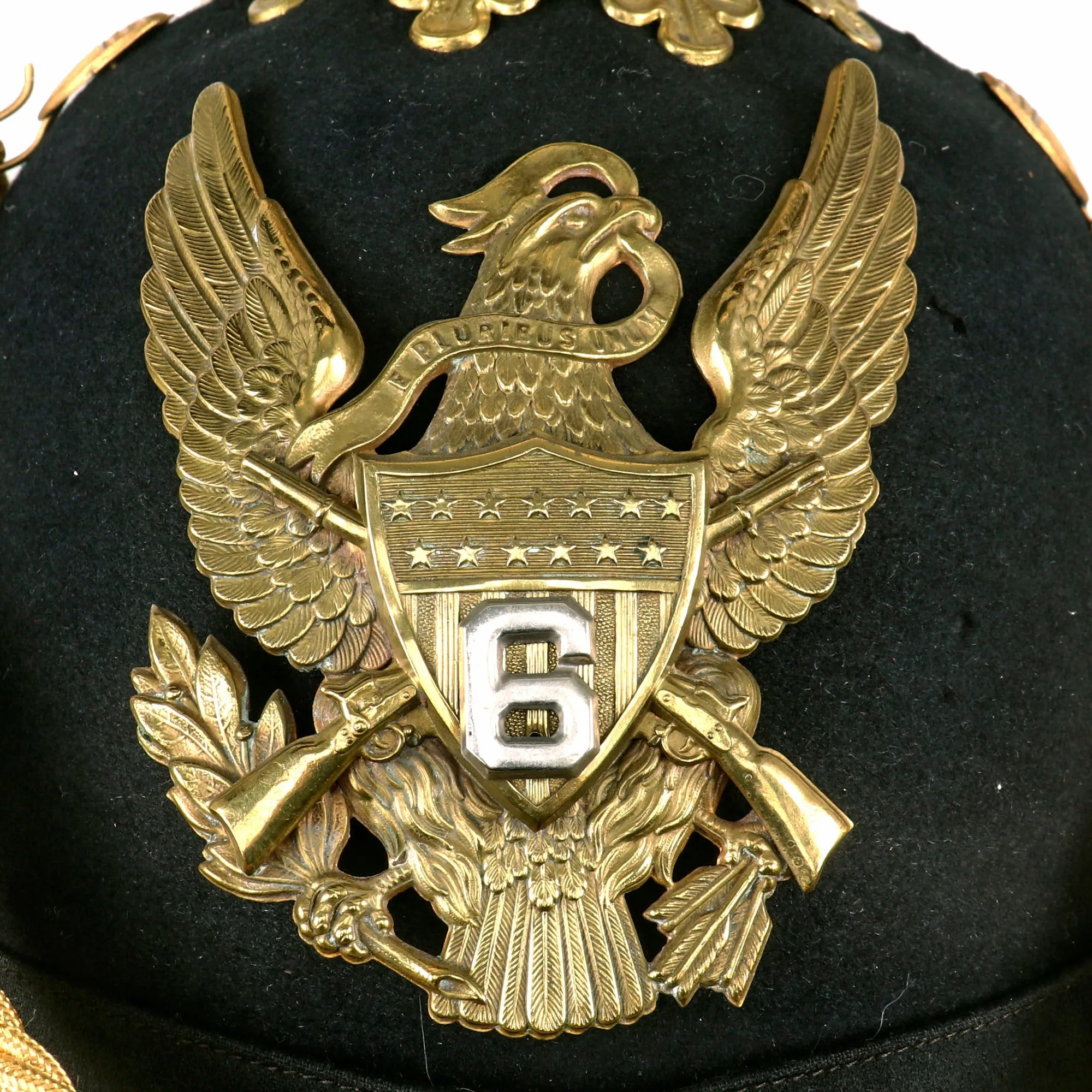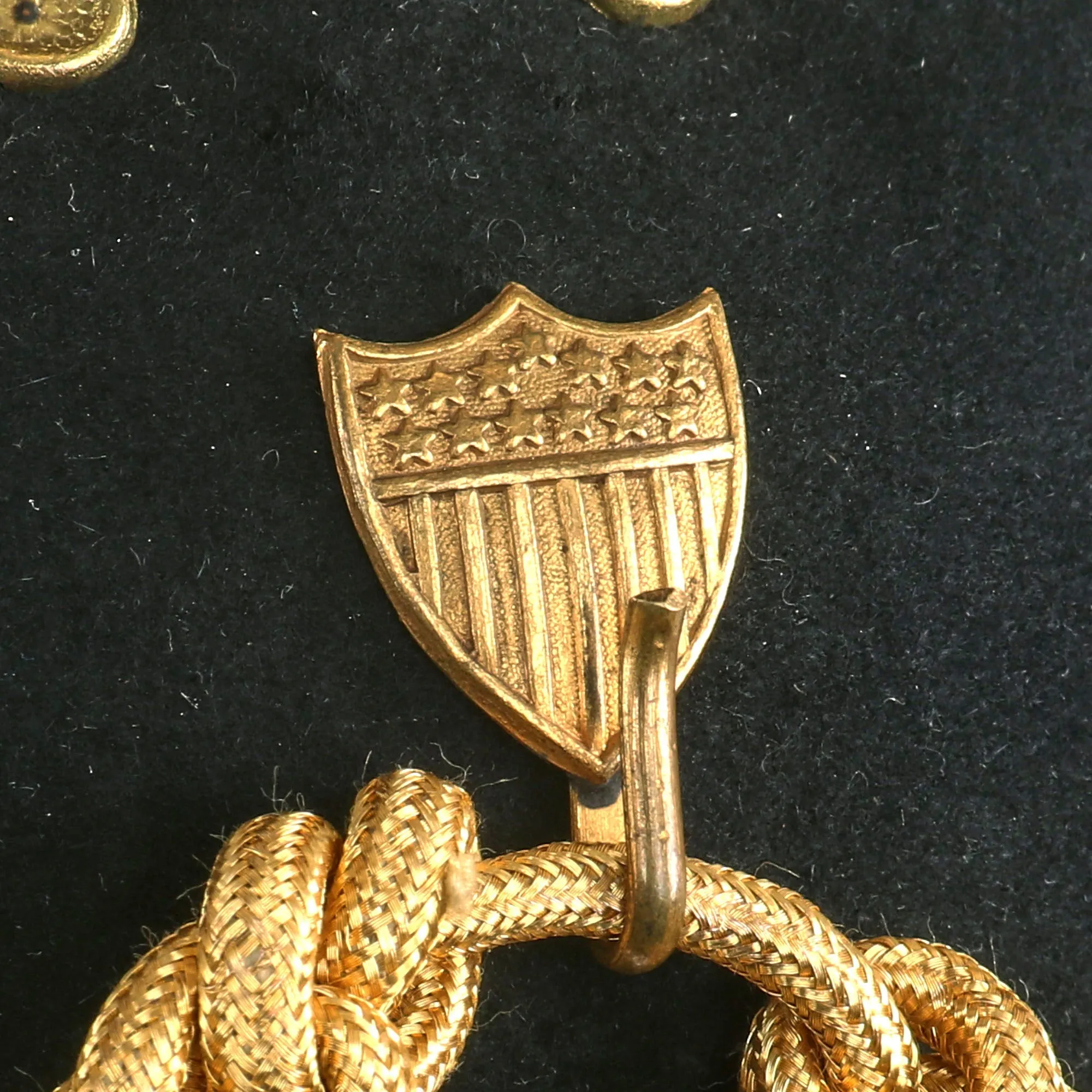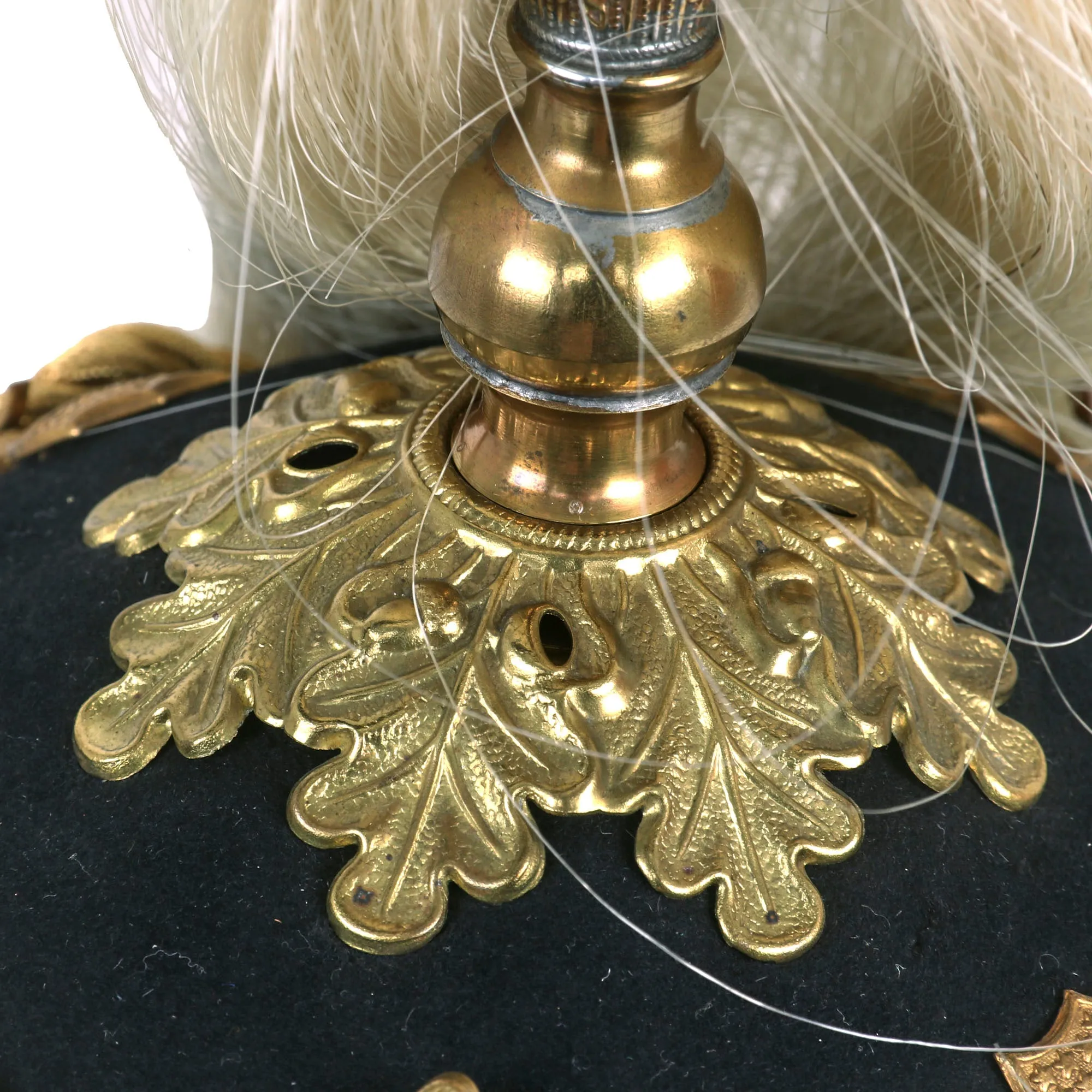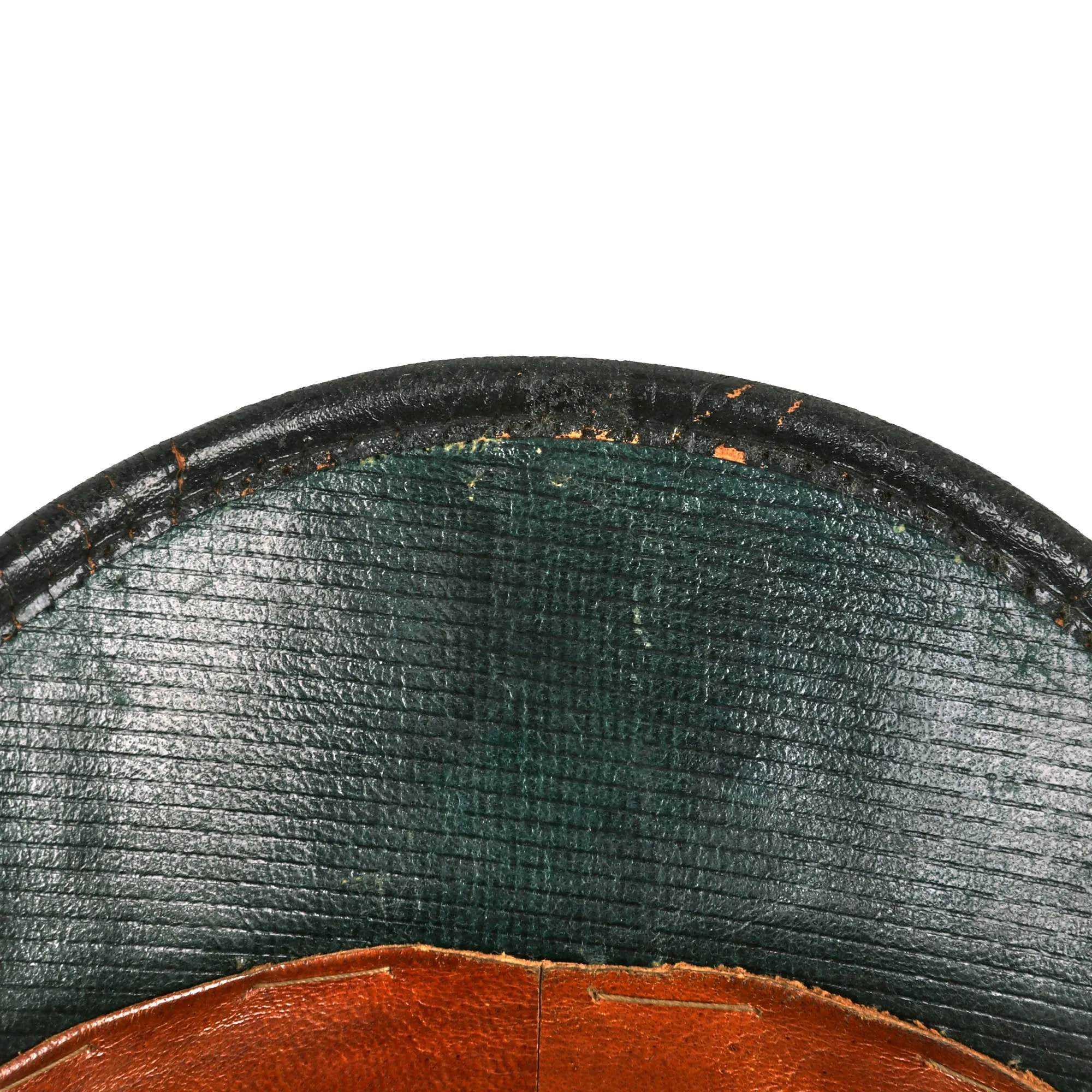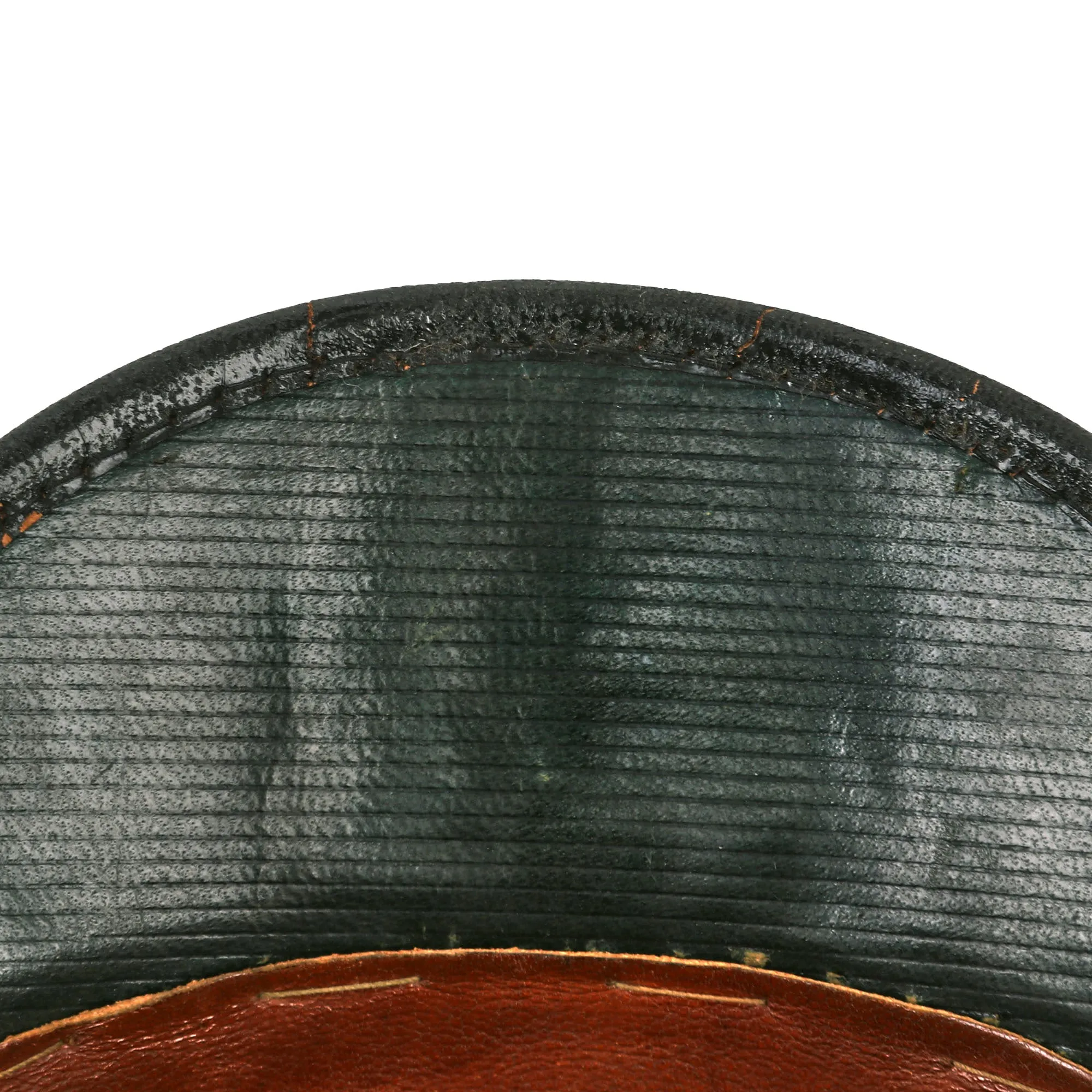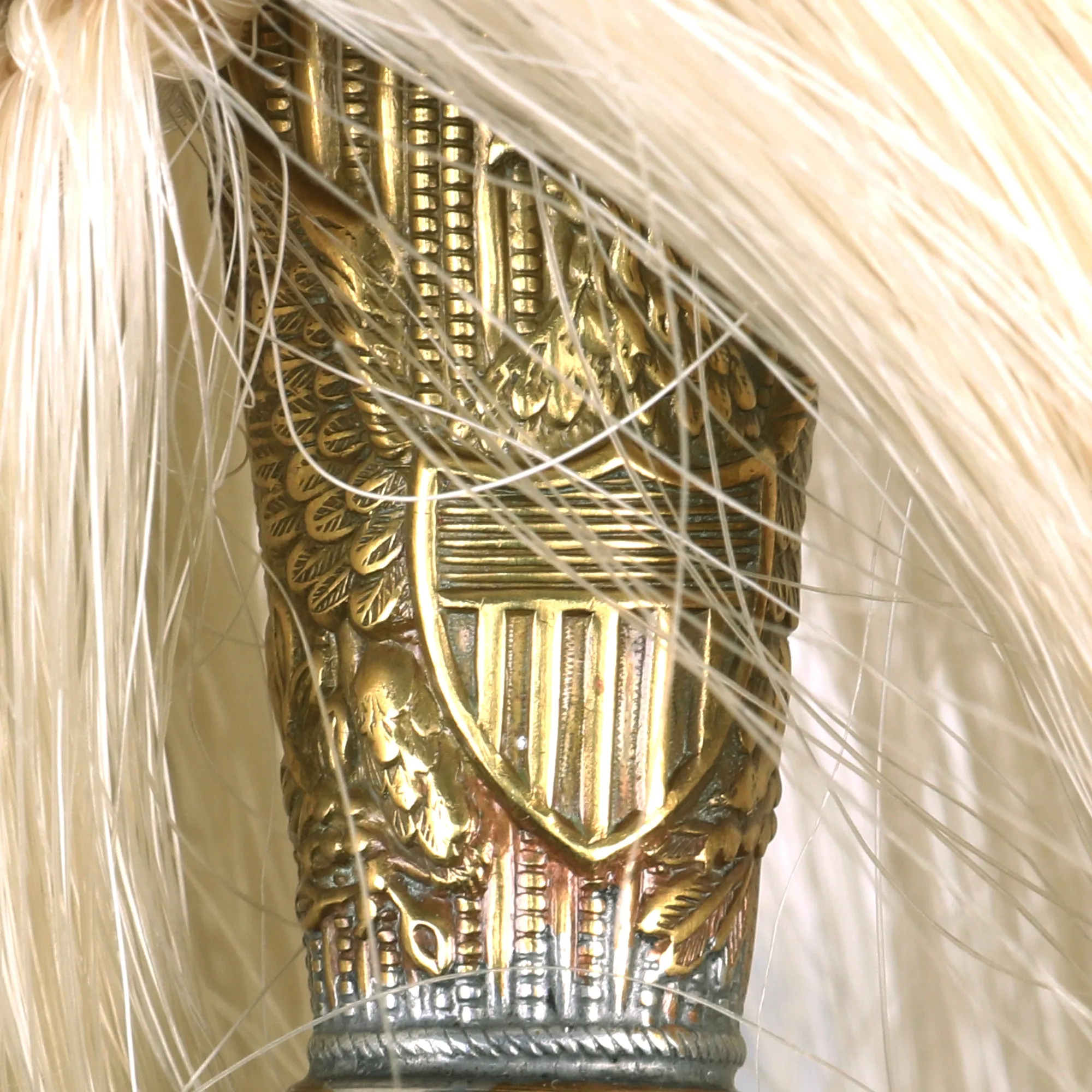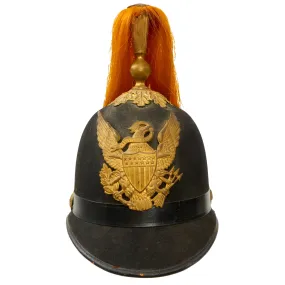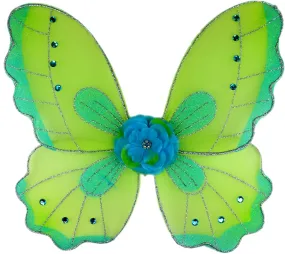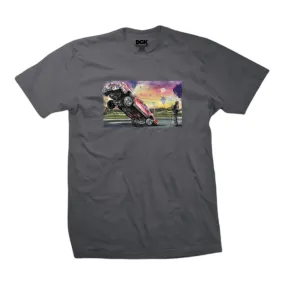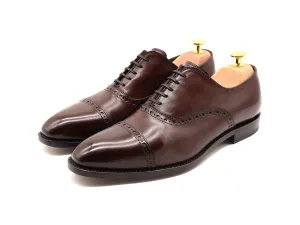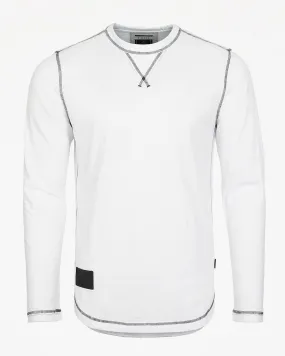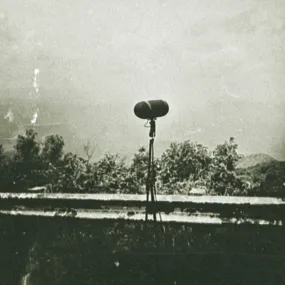Original Item. Only One Available. Much like our European cousins in the 1880s, the U.S. Army started to adopted spiked pith helmets, often in white, with all brass mounts and occasionally plumes. These saw active service in the Spanish American War of 1898 especially in the tropical climate in Cuba.
The helmet is dated 1902 on the underside of the leather sweatband. This is not the type of helmet that was worn in the field, but instead one intended for use with the "dress" uniform for ceremonial occasions. It beautifully made from cork covered with black fabric, with the Maker's name inside under the liner leather sweatband :-
Wm. H. HORSTMANN
PHILADELPHIA
The Helmet plate displays the Great Seal of the United States, with the American Eagle with a banner in it's beak stating: E PLURIBUS UNUM. Atop the shield is the number 6 in silver, for the 6th Infantry Regiment. Helmet plate is in excellent condition, with all three attachment hooks present. The side cockades over the years are of crossed Rifles for an Infantry Soldier. There is a great yellow cord wrapped around the helmet, and the original chinstrap is still retained, covered with gold rings. The top has a lovely white plume, which would indicate which unit the soldier was a member of. The liner is also in great shape, with a lovely brown color. The helmet measures roughly 7 ⅛.
Very nice, great condition for age, ready to display.
The 6th Infantry Regiment ("Regulars") was formed 11 January 1812. Zachary Taylor, later the twelfth President of the United States, was a commander of the unit. The motto, "Regulars, By God!" derives from the Battle of Chippawa, in which British Major General Phineas Riall noticed that the approaching regiment had on the uniforms of militia, which the British had defeated at Queenston Heights. Instead, the Americans pressed the attack. Riall is believed to have said, "Those are Regulars, By God!", though the only source of this was opposing U.S. General Winfield Scott.
The regiment participated in the War of 1812, the Mexican–American War, the American Civil War, the Indian Wars (1823–1879), the Spanish–American War, Philippine–American War (1899–1913), the Pancho Villa Expedition (1916–1917), World War I, World War II, and the Vietnam War. Elements of the 6th Infantry were also part of IFOR, Task Force Eagle, which was charged with implementing the military aspects of the General Framework Agreement for Peace in Bosnia and Herzegovina. In September 1989, the 4th Battalion 6th Infantry deployed to Panama, playing a key role in Operation Just Cause. In January 1994, the 1st Battalion, 6th Infantry deployed to Macedonia for Operation Able Sentry as part of the United Nations Preventive Deployment Force. In May 1998, Company B was deployed again to Bosnia-Herzegovina in support of Operation Joint Endeavor, Operation Joint Forge (OJE/OJF). In 1999, elements were deployed to Albania for the initial launch of support and liberation of Kosovo. In March 2003, Company C, 2nd Battalion deployed with HQ V Corps to Kuwait and participated in the initial invasion of Iraq. The rest of the 2nd Battalion and 1st Battalion deployed to Iraq in late April 2003 as part of 2nd Brigade, 1st Armored Division. The "Regulars" arrived in Baghdad in May 2003 and were the first to relieve elements of the 3rd Infantry Division in Baghdad. The 1st and 2nd Battalions deployed again in support of Operation Iraqi Freedom in November 2005 and April 2008. The 4th Battalion, 6th Infantry deployed in support of Operation Iraqi Freedom/New Dawn from May 2009 to May 2010. In August 2011, the 4th Battalion deployed to Al-Asad and FOB Hammer in Iraq in support of Operation New Dawn. They returned in December of that year when the U.S. and Iraqi government failed to come to an agreement concerning soldiers diplomatic immunity, making the Regulars one of the last units to withdraw from the Iraq.




